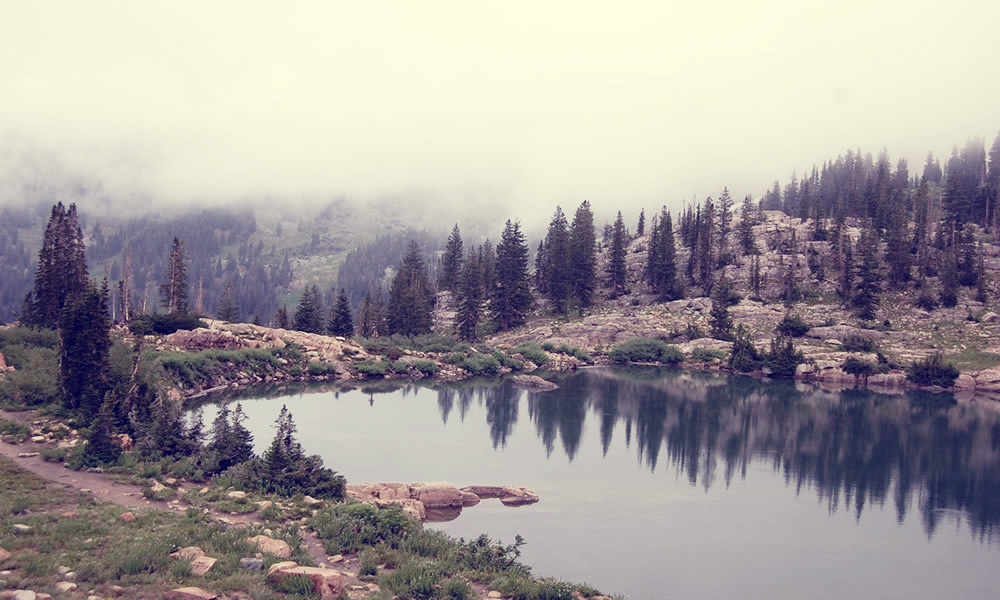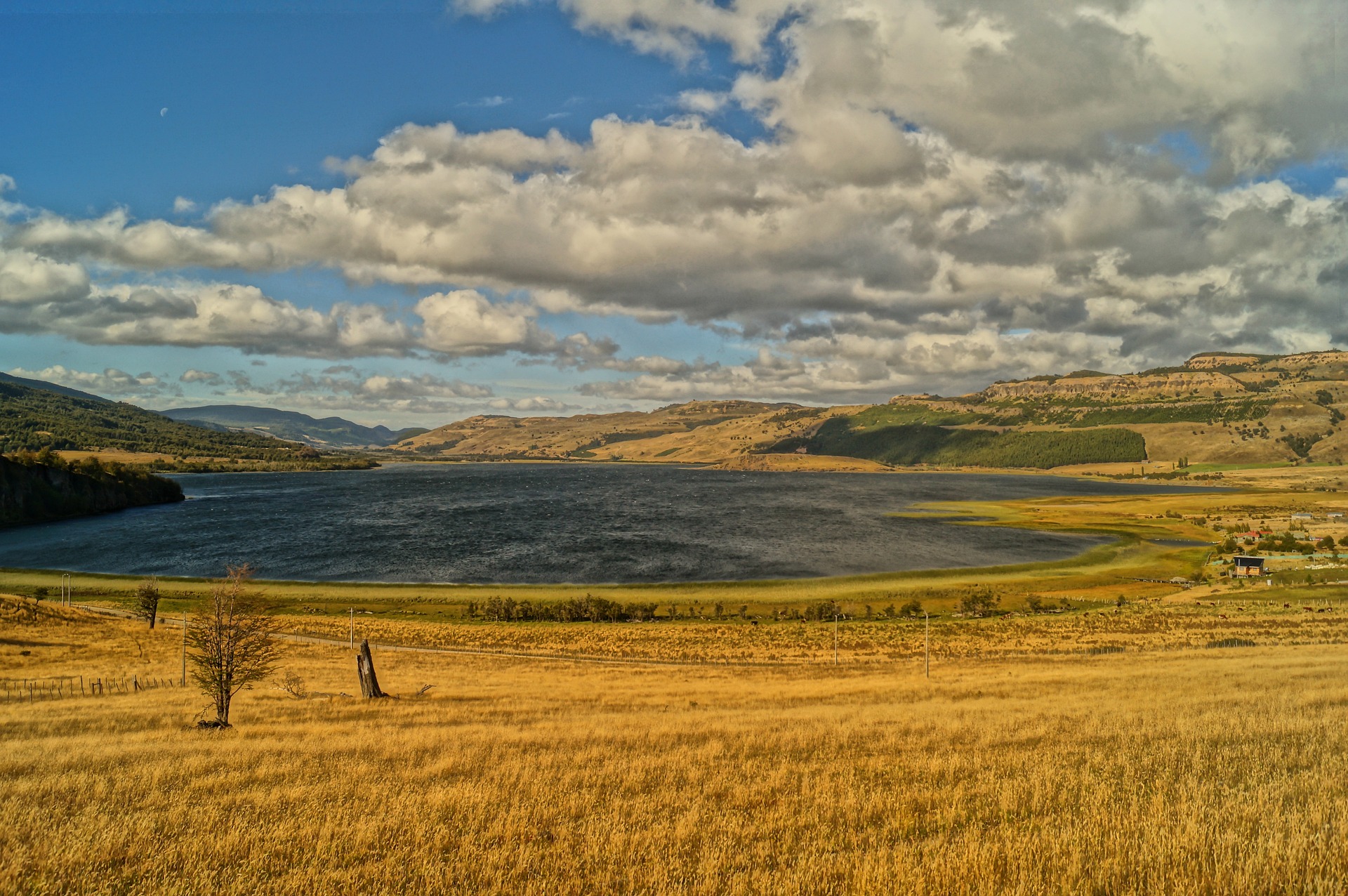Step Back in Time: The Enigma of Cueva de las Manos
Tucked away in the vast, wind-swept landscapes of Patagonia, Argentina, lies an ancient marvel that continues to captivate and intrigue – the Cueva de las Manos (Cave of the Hands). This prehistoric site is a portal to our past, offering glimpses into the lives of our ancestors through its unique rock art. The cave, a UNESCO World Heritage Site, houses an extraordinary collection of Paleolithic paintings that date back between 9,500 and 13,000 years, making it one of the world’s oldest outdoor art museums.
The Allure of Cueva de las Manos
The allure of Cueva de las Manos goes beyond its age. The cave’s name, which translates to “Cave of the Hands,” is derived from the hundreds of stenciled handprints that adorn its walls. These handprints, predominantly left by adults, are interspersed with images of guanacos (a camelid native to South America), rheas (large flightless birds), and other local fauna, as well as geometric shapes and hunting scenes.
But what truly sets Cueva de las Manos apart is its mystery. Despite numerous studies, much about the people who created these artworks remains unknown. Their culture, their beliefs, their way of life – all are subjects of ongoing research and speculation, adding to the enigmatic charm of the site.
A Journey into the Past
Visiting Cueva de las Manos is like embarking on a journey into the past. As you traverse the rugged terrain of Santa Cruz province, where the cave is located, you’ll find yourself immersed in the same landscapes that the cave’s ancient inhabitants once roamed. The journey culminates in the awe-inspiring sight of the cave itself, nestled in the canyon of the Pinturas River.
Stepping into the cave, you’ll be greeted by the sight of the handprints, their vibrant colors remarkably preserved by the passage of time. These handprints are more than just ancient graffiti; they represent a form of communication, a way for our ancestors to leave their mark and tell their story.
The Art of the Ancients
The art found in Cueva de las Manos is distinctive, characterized by three different styles. The earliest works are the negative handprints, created by blowing pigment over a hand placed on the wall. Later artworks include positive handprints, where the hand was dipped in paint and then pressed on the wall, and pictographs of animals and hunting scenes.
These artworks provide valuable insights into the lives of the people who created them. The hunting scenes, for example, suggest that they were hunter-gatherers, while the presence of local fauna indicates a close relationship with nature. Yet, much about these people remains a mystery, sparking ongoing research and debate among archaeologists and historians.
Exploring Further
While the handprints are the main attraction, there’s more to explore at Cueva de las Manos. A walk further inside the rock shelter reveals more prehistoric art, untouched and unspoiled after several millennia. These additional artworks, coupled with the stunning natural beauty of the surrounding landscapes, make a visit to Cueva de las Manos an unforgettable experience.
The Bottom Line
A visit to Cueva de las Manos offers more than just a sightseeing opportunity; it’s a chance to connect with our past, to reflect on the mysteries of human existence, and to marvel at the enduring power of art. Despite the passage of time, the cave continues to fascinate and inspire, serving as a poignant reminder of our shared human heritage. As you stand before the ancient handprints, you’ll find yourself not just looking at a piece of art, but touching the fabric of human history itself.





